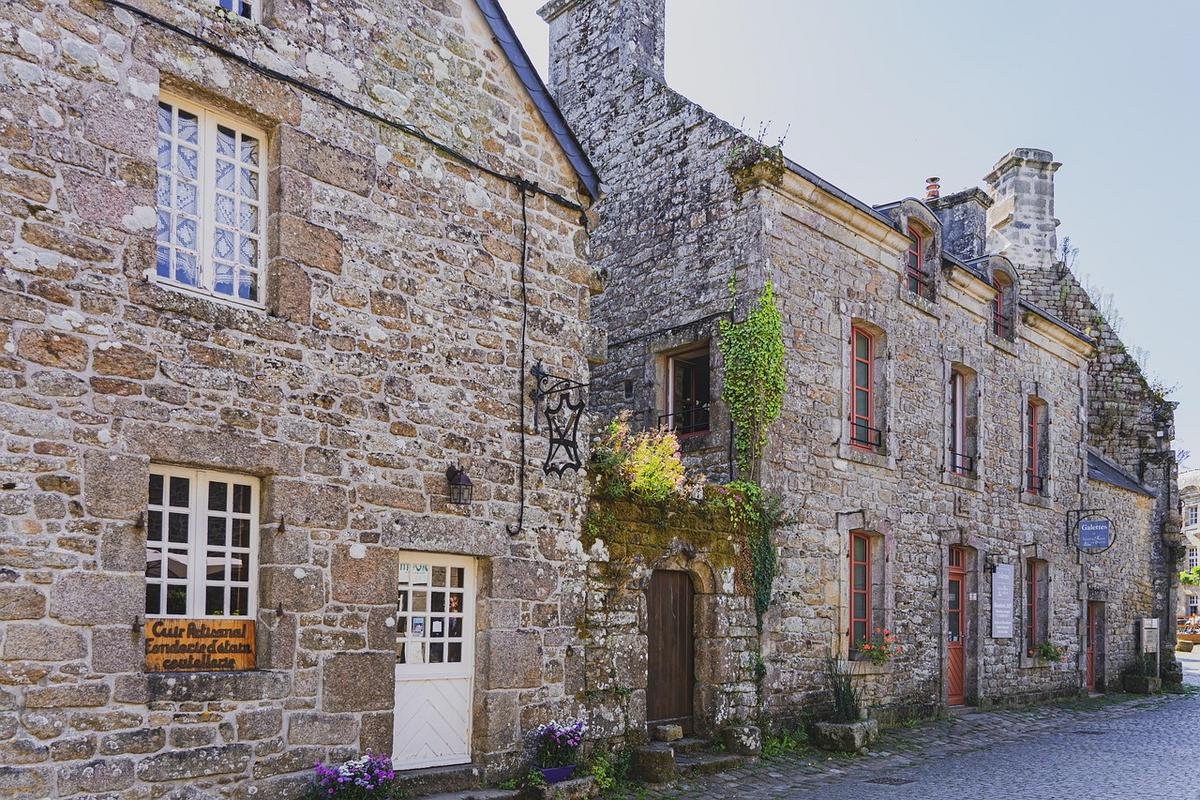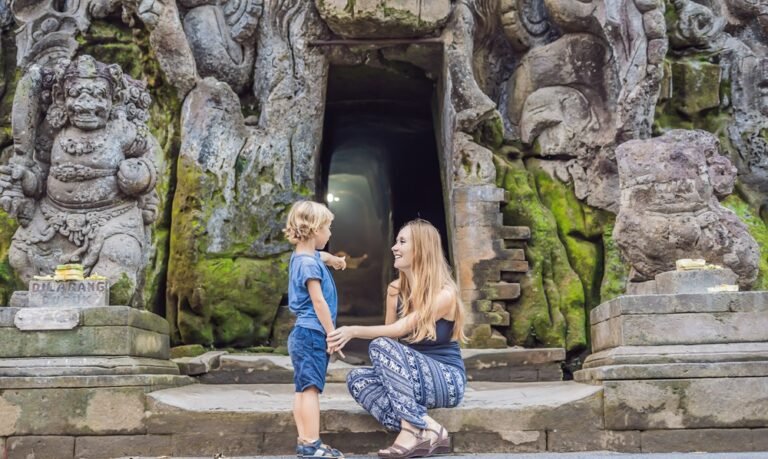Bali’s Pangsan Village Keeps Centuries-Old Traditions Alive With Dual Banjar System
Bali, nicknamed the Island of the Gods and the land of a thousand temples, draws millions with its lush scenery, elegant shrines, and time-honored traditions. Among its many hamlets, Pangsan Traditional Village offers a true cross-section of island culture through its everyday rituals, community structure, and sacred landmarks. Jagged hills and winding rivers frame the village boundaries. Scattered bamboo groves and flowering hibiscus echo the island’s verdant palette. Sunrise over Mount Agung casts a golden hue on the terraced paddies that fringe the community.
Pangsan sits in the Petang District of Badung Regency. Residents organize public life around two layers of community councils: customary banjars with autonomous authority over spiritual and cultural matters, and service banjars that handle civic duties. The five adat units—Banjar Adat Sekar Mukti, Banjar Adat Pundung, Banjar Adat Kasianan, Banjar Adat Tengah, and Banjar Adat Dalem—anchor local belief and ceremony. Four service councils—Sekarmurti Service Banjar, Pundung Service Banjar, Kasianan Service Banjar, and Pangsan Service Banjar—oversee road upkeep, water management, and preparations for communal events.
Inscriptions from the 12th century, etched on copper plates at Penataran Agung Temple, record a royal assembly known as Paruman Nunung from King Jaya Pangus’s reign. Those plates describe military duties, taxation rules, gift exchanges, and formal decrees ratified by village chiefs. The name Pangsan traces back to “Pengesahan” and “Depang San,” nodding to the fifth surviving folio of that ancient script. These documents offer insight into early medieval governance on Bali’s slopes, showing how royal edicts shaped village routines and resource sharing. Archaeologists value the find for its clarity on local customs. Local scholars and temple caretakers collaborate on regular maintenance of the copper plates, ensuring that weathering does not erode the inscriptions and that translations remain available in village archives. This partnership highlights a modern commitment to preserving heritage and promoting understanding of ancestral law and faith.
Three temples stand at the heart of Pangsan’s spiritual identity. Desa Temple honors God Brahma and presides over village welfare. Puseh Temple pays tribute to Lord Vishnu, and Dalem Temple welcomes ancestral spirits and worshipers of Lord Shiva. All three structures feature tiered roofs, elaborately carved doorways, and stone guardians at their gates. Daily offerings of jasmine, frangipani, and betel leaves sustain a bond with ancestral lines. Each shrine hosts rituals year-round, from morning offerings to evening chants that honor generations gone by.
Local residents maintain a calendar of distinctive ceremonies that draw interest beyond village boundaries:
• Ngenar Ceremony: Children aged nine to ten prepare and offer a special rice porridge at Puseh Pingit Temple, fifteen days before the Galungan festival.
• Dahe Teruna: Men and women gather to cook a communal feast for the Lampadan ritual, blending spices and rice in woven baskets.
• Nyerahane Saye: A handover ceremony for new community leaders at Puseh Pingit Temple, featuring the “Malang” rite and traditional blessings.
• Urak Tradition: Families visit Pucak Manik Temple and the village crossroads, each presenting aromatic spices in a gesture of unity.
Fields of rice stretch across the terrain around Pangsan, partitioned by terraces of corn, peanuts, soybean plots, and groves of fruit trees. Visitors walking unpaved paths can see farmers planting seedlings, tending to irrigation channels, and gathering produce that sustains local markets. A soft breeze carries the scent of rice stalks and blossoms, creating a sensory backdrop for every step. Guides often show visitors the irrigation network known as subak, a centuries-old system vital to rice cultivation across Bali. Artisans sometimes demonstrate weaving palm leaf offerings and local dance steps at small community halls along the way.
Pangsan Traditional Village stands as a living chronicle of Bali’s heritage. Its community councils, ancestral scripts, sacred temples, and centuries-old customs blend with emerald paddies and flowering gardens to offer a glimpse at rituals handed down through generations. This enclave presents an immersive portrait of rural Balinese life and its harmonious link between nature and ritual.







